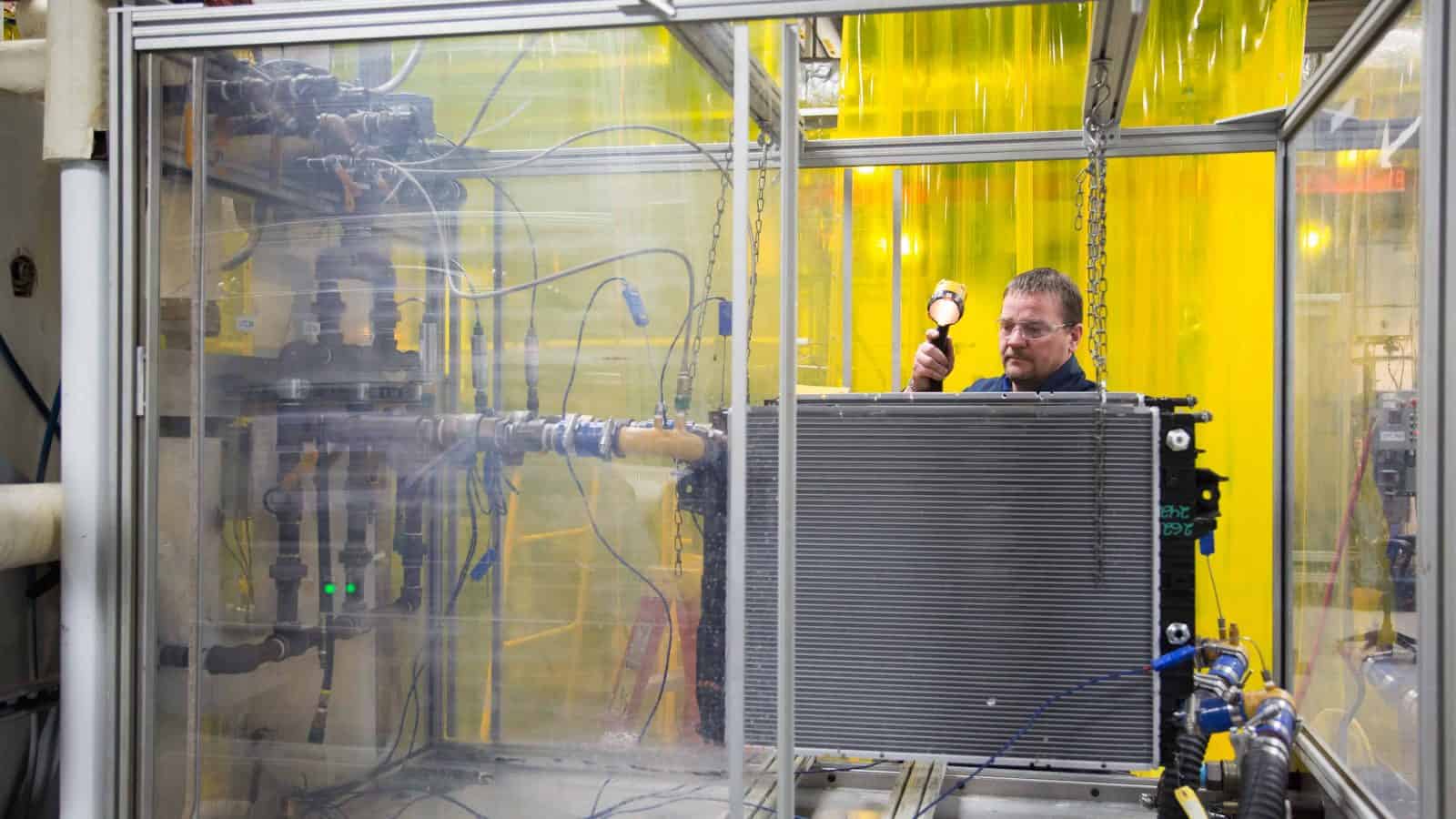Timmons Delivers 2020 NAM State of Manufacturing Address in Iowa
Speech Marked 125th Anniversary of NAM’s Founding and Highlighted ‘Creators Wanted’ Campaign to Address Growing Workforce Shortage
Washington, D.C. – National Association of Manufacturers President and CEO Jay Timmons delivered the eighth-annual NAM State of Manufacturing Address today at equipment manufacturer Vermeer Corporation in Pella, Iowa. Speaking to Vermeer Corporation employees, business and community leaders and local manufacturers, Timmons highlighted the NAM’s ambitious plan to address the industry’s growing workforce crisis with the groundbreaking, multimillion-dollar “Creators Wanted” campaign.
In his remarks, Timmons said:
“For 125 years, your NAM has led the business community and fought for all who make things in America. And all of you in this room, and the 13 million men and women in our industry, some of whom are watching today, are part of the storied history of building an exceptional nation. And Vermeer, this very company, embodies the story of manufacturers’ progress.”
. . . .
“In this pivotal year, the NAM and The Manufacturing Institute, our workforce and education partner, are setting out on an unprecedented campaign to inspire a new generation—and tell the real story of our industry. . . . Our historic effort, called “Creators Wanted,” is a capital campaign that will support the programs of the Manufacturing Institute—including the STEP Women’s Initiative, youth engagement and Heroes MAKE America, which trains our returning servicemembers for high-paying manufacturing jobs.”
. . . .
“Just yesterday, in his remarks at the World Economic Forum, President Trump touted manufacturing’s growth and success during his presidency. As I’ve said before, from tax reform to regulatory certainty to leveling the playing field, promises made to manufacturers have been promises kept—and the employment and output numbers show it.”
. . . .
“Here’s what I will say about this election . . . It’s not the label next to a candidate’s name—whether an “R,” a “D” or an “I”—that determines whether he or she will be a good president or even a good member of Congress. The test is whether he or she will work to uphold the values that make America exceptional. These are the same four values, the same four pillars, that make our industry’s success possible.”
Timmons also noted the generous contributions made by Vermeer and Pella Corporation to the NAM’s Creators Wanted campaign.
“And I am proud to announce today that Vermeer Corporation, along with your foundation and Mary and Dr. Dale Andringa, have contributed $100,000 to this cause. And another local manufacturer, Pella Corporation, is also leading by example with a $100,000 contribution of their own,” said Timmons.
Vermeer Corporation President and CEO Jason Andringa thanked Timmons for his visit and the NAM’s commitment to ensuring the long-term success of manufacturing in the United States.
“Thank you to Jay Timmons and the National Association of Manufacturers for visiting Vermeer Corporation and recognizing the incredible work of our team members and manufacturers across the country,” said Andringa. “These men and women truly demonstrate the impact our industry makes every day and represent the success of American manufacturing.”
To read the full address, click here.
-NAM-
The National Association of Manufacturers is the largest manufacturing association in the United States, representing small and large manufacturers in every industrial sector and in all 50 states. Manufacturing employs more than 12.8 million men and women, contributes $2.37 trillion to the U.S. economy annually and has the largest economic multiplier of any major sector and accounts for 63% of private-sector research and development. The NAM is the powerful voice of the manufacturing community and the leading advocate for a policy agenda that helps manufacturers compete in the global economy and create jobs across the United States. For more information about the Manufacturers or to follow us on Twitter and Facebook, please visit www.nam.org.
NAM Announces Rachel Jones As New VP of Energy and Resources Policy
Washington, D.C. – The National Association of Manufacturers has announced Rachel Jones as its new Vice President of Energy and Resources Policy. Jones currently serves as the NAM’s Senior Director of Energy and Resources Policy.
“This is a well-deserved promotion for Rachel, and I know she will ensure we do not miss a beat,” said NAM President and CEO Jay Timmons. “Her relentless drive has made her a powerful advocate for our members and a respected voice on the Hill and in the Administration on issues ranging from environmental policy to energy production to infrastructure and regulatory issues. Rachel brings a limitless passion to all her endeavors, and we know this will be no exception.”
Current Vice President Ross Eisenberg has been named Vice President of Federal Affairs at the American Chemistry Council.
“It is safe to say that thanks to the work of Ross Eisenberg, manufacturers in America today are operating with more environmental regulatory certainty while also more clearly demonstrating their contributions to responsible environmental stewardship.”
Before joining the NAM, Jones was the environment and energy counsel for the U.S. House of Representatives Committee on Science, Space, and Technology, where she advised the Committee on EPA, Department of Energy, Department of the Interior, FERC, NASA, NOAA and the White House Office of Science and Technology activities. She served as a legal fellow for the U.S. Senate Committee on Environment and Public Works and as executive student notes and comments editor for the Energy Law Journal.
###
The National Association of Manufacturers is the largest manufacturing association in the United States, representing small and large manufacturers in every industrial sector and in all 50 states. Manufacturing employs more than 12.8 million men and women, contributes $2.38 trillion to the U.S. economy annually and has the largest economic multiplier of any major sector and accounts for 62.5% of private-sector research and development. The NAM is the powerful voice of the manufacturing community and the leading advocate for a policy agenda that helps manufacturers compete in the global economy and create jobs across the United States. For more information about the Manufacturers or to follow us on Twitter and Facebook, please visit www.nam.org.
What to Expect in 2020 on Legal Issues in Manufacturing
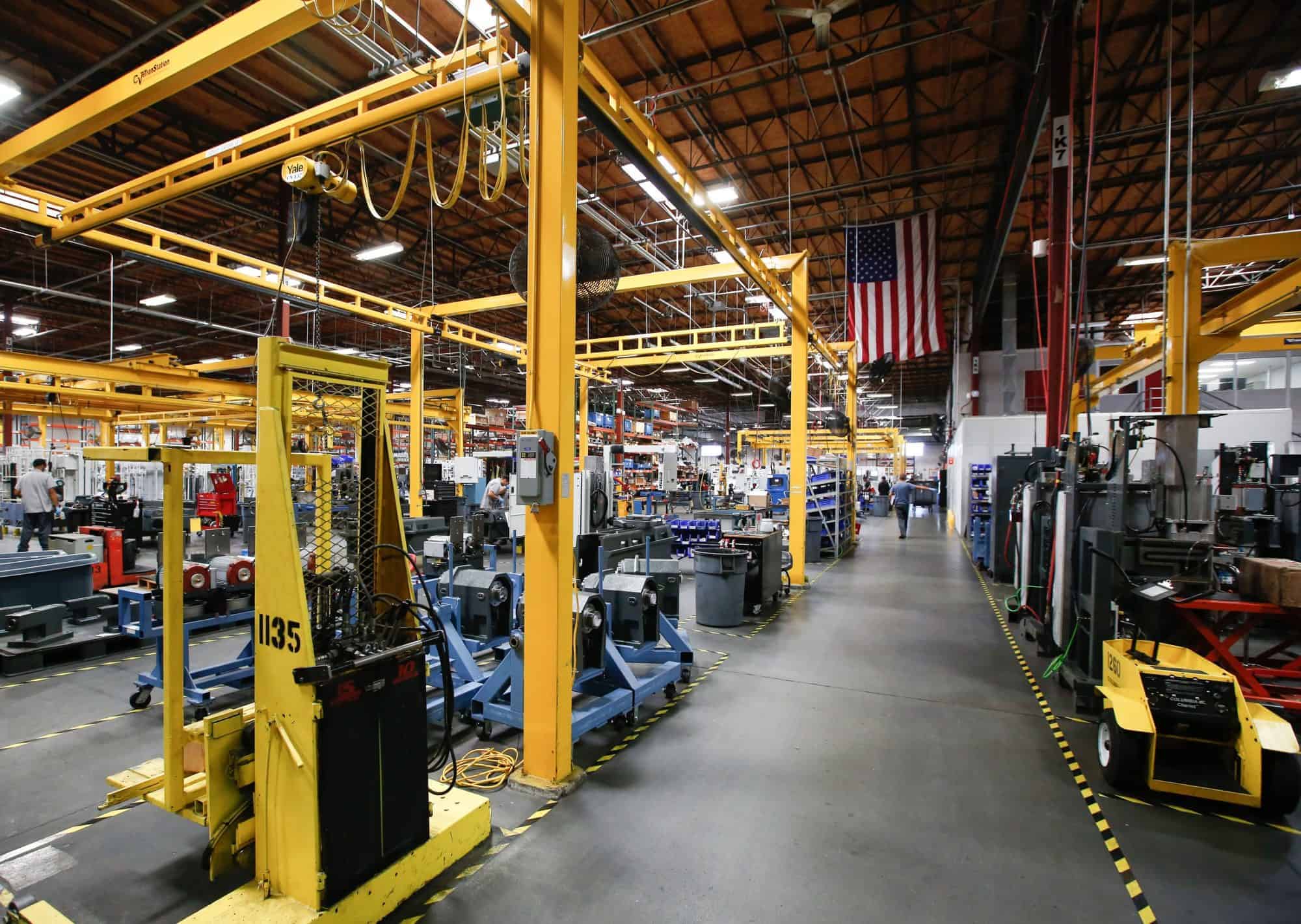
The Manufacturers’ Center for Legal Action is the voice for manufacturers in the courts, fighting to advance policy objectives and advocate for strategic manufacturing interests. National Association of Manufacturers Senior Vice President, General Counsel and Corporate Secretary Linda Kelly leads the MCLA. Here she breaks down manufacturers’ biggest victories in 2019 and what is ahead for 2020.
What were the key legal issues for manufacturers this year?
Manufacturers face all sorts of issues in the courts. And even though only one company’s name may be on a case, the outcome can have profound effects across the entire industry on everything from project permitting to free speech.
This year, we filed amicus—or “friend of the court”—briefs in 74 cases. These address issues like regulatory overreach, product liability, labor and employment law, environmental issues, arbitration, class actions, free speech of manufacturers, ERISA, Alien Tort Statute, tax and international issues. If it matters to manufacturers, we’re on it.
We are also part of a dozen ongoing cases, including ones related to tax incentives, regulatory certainty and the manufacturing workforce. In the environmental space, the NAM has intervened in several cases to protect sensible pro-manufacturing regulatory reforms.
What legal wins did manufacturers accomplish in 2019?
We saw big wins this year invalidating the onerous Waters of the United States rule, preserving energy infrastructure projects, protecting Clean Air Act permitting reforms, securing manufacturers’ rights against government compelled speech, reversing overbroad collective bargaining interpretations by the National Labor Relations Board and more.
What does the invalidation of the 2015 Waters of the United States rule mean for manufacturers?
In two words: clarity and certainty. The 2015 rule was bafflingly unclear and uncertain. It left manufacturers to wonder whether wet areas on their property required a federal permit for any commercial activity there—at the risk of fines of $50,000 per day or more for the “wrong” interpretation. Two federal courts invalidated the rule in response to NAM litigation, which followed a NAM-led win in the U.S. Supreme Court in 2018 that allowed those cases to move forward. Soon thereafter, the EPA formally rescinded the rule.
What legal issues should manufacturers pay attention to in 2020?
Federal agencies will continue their regulatory reform efforts, and groups opposed to those reforms will continue to sue to block them. The MCLA stands ready to intervene in those cases or file briefs to provide the manufacturing perspective to the courts.
We are likely to see appellate court rulings next year interpreting whether making and selling energy products is a “public nuisance” for which companies can be held liable. We are confident the courts will apply the law fairly and reject these groundless lawsuits. But if a court finds in favor of the plaintiffs, we could see the U.S. Supreme Court again weigh in on the scope of public nuisance law.
Plaintiffs’ lawyers will keep trying to twist legal precedent to profit at the expense of manufacturers, and the MCLA will fight them every step of the way to benefit the people who make things in America.
NAM Responds to Carbon Capture Report
Washington, D.C. – Carbon capture is one of the most promising tools to address climate change, especially for industrial sectors. Today’s release of “Meeting the Dual Challenge: A Roadmap to At-Scale Deployment of Carbon Capture, Use and Storage” will help policymakers prioritize solutions and drive innovation. NAM Senior Director of Energy and Resources Policy Rachel Jones had the following response:
Manufacturers in America continue to lead the charge on clean energy solutions. We can’t address climate change without carbon capture, but hurdles stand in the way of faster progress. This report maps out a plan; now we need policymakers to take swift, bold action.
The NAM applauds the hundreds of scientists, engineers, geologists and other experts who undertook this effort to understand what we need to fully benefit from carbon capture technologies. We’re dedicated to developing this technology here in the U.S. and to ensuring America continues to lead.
BACKGROUND: “Meeting the Dual Challenge: A Roadmap to At-Scale Deployment of Carbon Capture, Use and Storage” answers the Secretary of Energy’s request for advice on the actions needed to deploy carbon capture technologies at scale in the United States. Building on previous research and expertise, the report addresses the entire CCUS supply chain and recognizes that at-scale success requires economic and operational integration across industries, harmonized local/state/federal regulations and broad public acceptance.
Quotes from the carbon capture report:
“Carbon capture, use and storage (CCUS) is an essential element in the portfolio of solutions needed to take on the dual challenge of supplying energy while addressing the risks of climate change. This report describes the opportunity and maps out the actions needed to expand the application of CCUS in the United States.”
“To achieve CCUS deployment at scale, the U.S. government will need to reduce the uncertainty on existing incentives, establish adequate additional incentives and design a durable regulatory and legal environment that drives industry investment in CCUS.”
“At-scale deployment of CCUS will help the U.S. energy industry shape the energy transition by continuing to supply the growing world population with more energy in the decades to come, while reducing emissions to limit the risks of climate change.”
-NAM-
The National Association of Manufacturers is the largest manufacturing association in the United States, representing small and large manufacturers in every industrial sector and in all 50 states. Manufacturing employs more than 12.8 million men and women, contributes $2.38 trillion to the U.S. economy annually, has the largest economic multiplier of any major sector and accounts for more than three-quarters of private-sector research and development. The NAM is the powerful voice of the manufacturing community and the leading advocate for a policy agenda that helps manufacturers compete in the global economy and create jobs across the United States. For more information about the Manufacturers or to follow us on Twitter and Facebook, please visit www.nam.org.
NAM Supports EPA Rule Strengthening the Risk Management Program
Washington, D.C. – National Association of Manufacturers Vice President of Energy and Resources Policy Ross Eisenberg released the following statement after the U.S. Environmental Protection Agency issued a final rule that strengthens manufacturing facility safety and security.
Manufacturers believe strongly in safety as part of an ongoing commitment to the communities around them and those they serve. This is why NAM members make security investments and prudently engage in risk management planning, and that’s why we support the action the EPA is taking now, said Eisenberg. By further strengthening the integrity of the Risk Management Program, the EPA can help guarantee safety and security for facilities and communities by ensuring manufacturers are able to continue making safe, innovative and sustainable products while protecting human health and the environment.
-NAM-
The National Association of Manufacturers is the largest manufacturing association in the United States, representing small and large manufacturers in every industrial sector and in all 50 states. Manufacturing employs more than 12.8 million men and women, contributes $2.38 trillion to the U.S. economy annually, has the largest economic multiplier of any major sector and accounts for more than three-quarters of private-sector research and development. The NAM is the powerful voice of the manufacturing community and the leading advocate for a policy agenda that helps manufacturers compete in the global economy and create jobs across the United States. For more information about the Manufacturers or to follow us on Shopfloor, Twitter and Facebook, please visit www.nam.org
NAM in 5 Photos: Week of Sept. 9
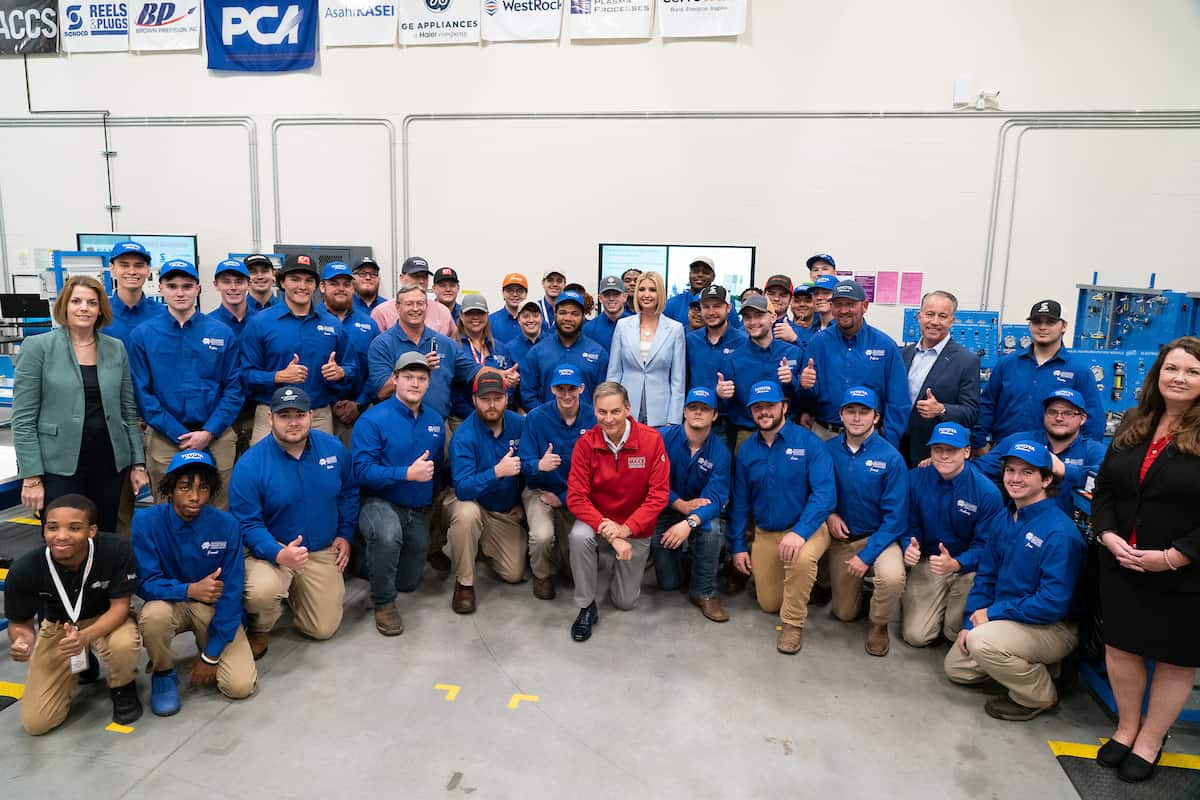
This week, the National Association of Manufacturers helped move the manufacturing industry forward on three major fronts.
- The NAM’s workforce and education partner, the Manufacturing Institute, announced it will expand Toyota North America’s successful FAME apprenticeship program nationwide. The MI’s Executive Director Carolyn Lee, the NAM’s CEO Jay Timmons, Special Advisor to the President Ivanka Trump, TMNA’s Executive Vice President Chris Nielsen and Ingersoll Rand CEO Michael Lamach shared this news during a roundtable with FAME apprentices.
- At the NAM’s headquarters, Export-Import Bank President and Chairwoman Kimberly Reed participated in a roundtable with manufacturers to discuss the critical bank reauthorization.
- Also at the NAM’s headquarters, Environmental Protection Agency Administrator Andrew Wheeler and Assistant Secretary of the Army for Civil Works R.D. James joined Timmons to announce the finalization of a rule to repeal the controversial 2015 Waters of the United States rule and clear the way for a new rule to protect America’s water resources without overstepping the bounds of the law.
EPA Administrator Wheeler Announces WOTUS Repeal Rule at NAM
Action Follows Advocacy by Manufacturers to Protect Water, Provide Certainty
Washington, D.C. – Environmental Protection Agency Administrator Andrew Wheeler and Assistant Secretary of the Army for Civil Works R.D. James joined National Association of Manufacturers President and CEO Jay Timmons at NAM headquarters to announce the finalization of a rule to repeal the controversial 2015 Waters of the United States rule and clear the way for a new rule to protect America’s water resources without overstepping the bounds of the law. Manufacturers sought this action from the EPA and for decades have advocated for clear rules to protect clean water and provide long-term certainty for economic growth.
Today, EPA and the Department of the Army finalized a rule to repeal the previous administration’s overreach in the federal regulation of U.S. waters and recodify the longstanding and familiar regulatory text that previously existed, said Administrator Wheeler. Today’s Step 1 action fulfills a key promise of President Trump and sets the stage for Step 2—a new WOTUS definition that will provide greater regulatory certainty for farmers, landowners, homebuilders and developers nationwide.
America is now one step closer to smart and balanced regulation that protects our nation’s precious water resources, said Timmons. Courts already declared the 2015 rule illegal, following years of litigation that included a 9-0 victory for the NAM at the Supreme Court, so manufacturers are pleased to see it officially struck from the books. The old water rule, which sought to regulate dry land, was confusing and counterproductive. Manufacturers are committed to environmental stewardship, so now we look forward to a new, more effective rule to protect clean water.
-NAM-
The National Association of Manufacturers is the largest manufacturing association in the United States, representing small and large manufacturers in every industrial sector and in all 50 states. Manufacturing employs more than 12.8 million men and women, contributes $2.38 trillion to the U.S. economy annually, has the largest economic multiplier of any major sector and accounts for more than three-quarters of private-sector research and development. The NAM is the powerful voice of the manufacturing community and the leading advocate for a policy agenda that helps manufacturers compete in the global economy and create jobs across the United States. For more information about the Manufacturers or to follow us on Shopfloor, Twitter and Facebook, please visit www.nam.org
Wheeler Announces Proposed 401 Rule at NAM’s CMA Conference
“This Proposal Is a Win for Manufacturers”
Charleston, SC – National Association of Manufacturers President and CEO Jay Timmons released the following statement after EPA Administrator Andrew Wheeler announced an EPA proposal to clarify Section 401 of the Clean Water Act at the NAM’s Council of Manufacturing Associations’ Summer Leadership Conference in Charleston, South Carolina:
“The EPA’s efforts to modernize regulations and deliver regulatory certainty have contributed to strong manufacturing growth in recent years. This proposal is a win for manufacturers that would build on that success by offering much-needed clarity to states and manufacturers alike. Too often, the vaguely worded Section 401 has been used as an excuse to block critical infrastructure and trade projects. By setting clear guidelines, the EPA is empowering manufacturers to invest in our people and communities with confidence and to work with state leaders to protect our water and environment.
“We are grateful that Administrator Wheeler chose to announce this landmark proposal at the NAM’s Council of Manufacturing Associations’ Summer Leadership Conference. It demonstrates that by working together, government and business leaders can ensure economic growth and environmental stewardship go hand-in-hand.”
Section 401 of the Clean Water Act gives states an important role to play in ensuring water quality standards are not impaired by federally permitted projects. This proposal will give state and federal partners more clearly defined roles, responsibilities and consistent expectations in line with the statute and recent court decisions. The proposed rule seeks to protect waters by strengthening the Section 401 process.
-NAM-
The National Association of Manufacturers is the largest manufacturing association in the United States, representing small and large manufacturers in every industrial sector and in all 50 states. Manufacturing employs more than 12.8 million men and women, contributes $2.38 trillion to the U.S. economy annually, has the largest economic multiplier of any major sector and accounts for more than three-quarters of private-sector research and development. The NAM is the powerful voice of the manufacturing community and the leading advocate for a policy agenda that helps manufacturers compete in the global economy and create jobs across the United States. For more information about the Manufacturers or to follow us on Shopfloor, Twitter and Facebook, please visit www.nam.org.
733 10th St. NW, Suite 700 • Washington, DC 20001 • (202) 637-3000
Climate R&D Bill Would Make Manufacturing More Competitive
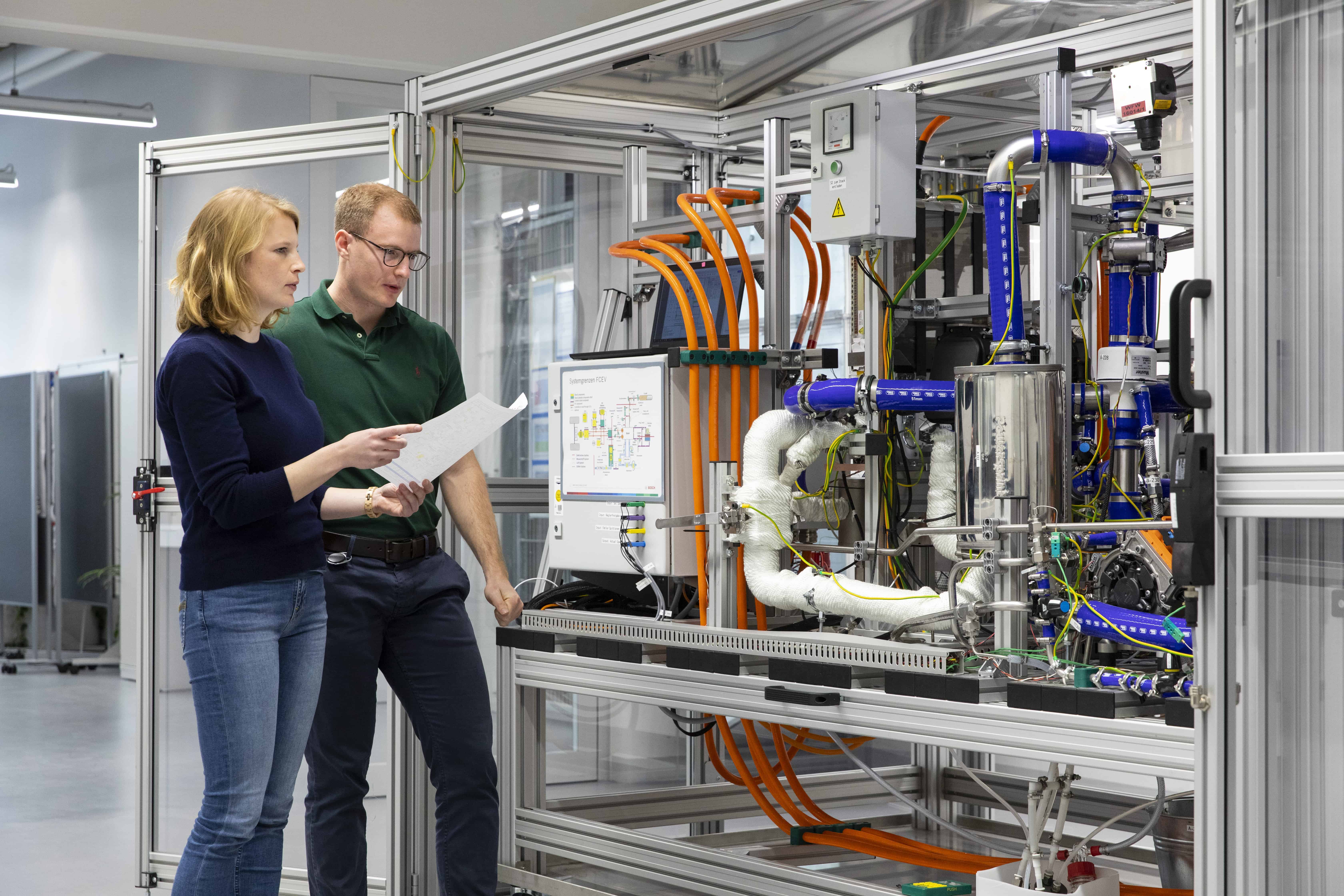
A House of Representatives committee recently held a hearing on a bill designed to drive breakthrough innovations to tackle climate change—a priority that has the strong support of the National Association of Manufacturers and manufacturing businesses across the country.
The Clean Industrial Technology Act (CITA) would set up a Transformational Industrial Technology Program at the U.S. Department of Energy, and would drive new technologies aimed at increasing the technological and economic competitiveness of manufacturing in the United States. The program would also find pathways to net-zero greenhouse gas emissions and create a technical assistance program to help local communities and states evaluate and incentivize the adoption of technologies that reduce industrial greenhouse gases. The legislative hearing on the CITA was held by the House of Representatives Committee on Science, Space, and Technology. In the Senate, the NAM has been working closely with Sen. Sheldon Whitehouse (D-RI) on similar legislation.
“Manufacturers have always been about solutions,” said Rachel Jones, Senior Director of Energy and Resources Policy at the NAM. “We need real-world technologies to address our global climate problem, and legislation like the CITA provides a common sense opportunity to move our efforts forward. This bill takes a clear-eyed look at the unique challenges that different energy-intensive industries face as we all work toward ensuring a safer and more prosperous future.”
Manufacturers across the country are deeply involved in sustainability programs, leading the way for other industries in protecting our environment. Most manufacturing companies have already pioneered new technologies and implemented meaningful programs to reduce greenhouse gas emissions. With more than 12 million men and women employed by the industry in every state in the country, manufacturing businesses have a unique perspective on the challenges of our shared path forward and have consistently worked with Congress to promote bills like the CITA.
“Providing incentives for U.S. businesses, schools and laboratories to bring game-changing technologies into the commercial sector isn’t just good policy; it’s common sense,” said Jones. “Cooperative partnerships between industry, government and academia benefit all three sectors and the country as a whole.”
Manufacturers contributed 18 percent more value to the American economy over the past decade while reducing the carbon footprint of their products by 21 percent—demonstrating that productivity and sustainability are compatible with each other—and keeping the industry’s promise to promote sustainable solutions.
“Manufacturers are committed to reducing greenhouse gases and addressing climate change while preserving our global competitiveness,” said Jones. “This legislation is a great example of how we are working with policymakers to turn aspirations into reality in order to protect our environment and improve our world. Manufacturers applaud the House Science Committee and Sen. Whitehouse for their leadership.”
Liquified Natural Gas Boom Impacts U.S. Manufacturers
U.S. Natural Gas Production Continues To Break Records
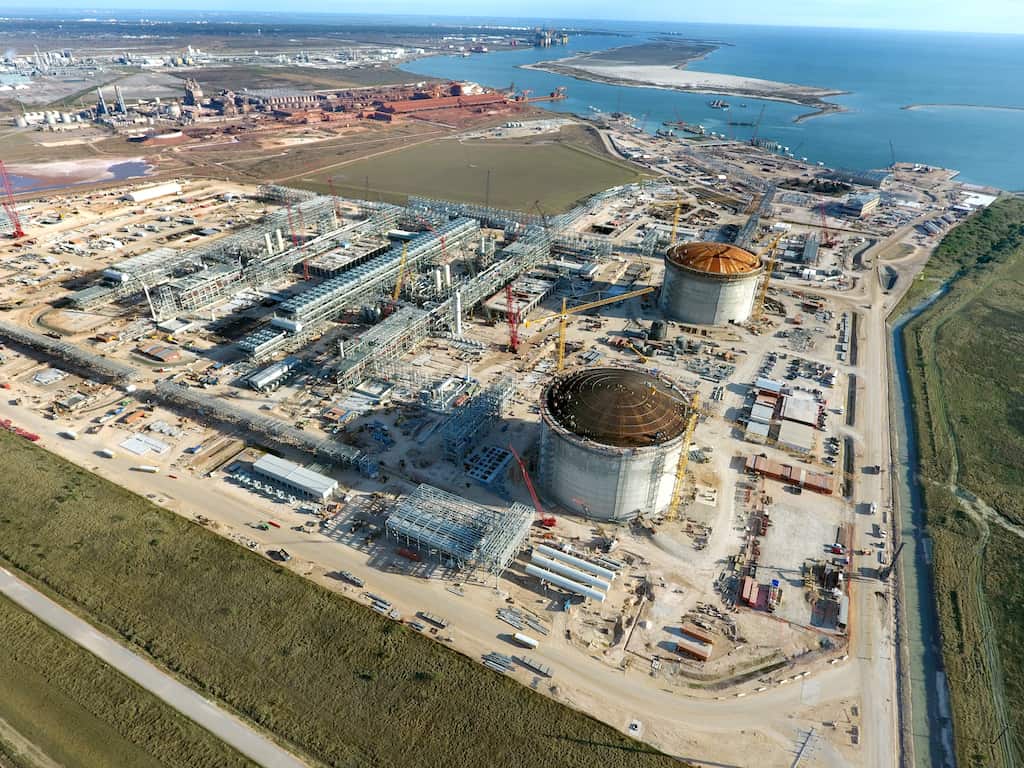
Last month, the European Union announced that U.S. exports of liquified natural gas (LNG) to Europe had increased nearly 300% since 2016. This news came on the heels of a series of executive orders from President Trump designed to speed up energy infrastructure projects that enable manufacturers to carry natural gas to market.
Rachel Jones, the National Association of Manufacturers’ senior director of energy and resources policy, helps us break down what it all means.
Why is the U.S. experiencing a natural gas boom?
North America has more shale gas than any other place in the world. Technology is the other huge driver. The combination of horizontal drilling and hydraulic fracturing technologies is unlocking vast natural gas resources and changing the face of modern manufacturing in America.
This boom is set to keep growing. According to the Energy Information Administration, U.S. shale gas production is projected to more than double again over the next 25 years.
What is “liquified” natural gas (LNG)?
It’s really just natural gas that has been refrigerated until it turns into a liquid. When it comes out of the ground, natural gas is actually very thin and light. To make it easier to move around the world, it is turned into a liquid.
Why are investments in LNG export infrastructure so important for the U.S. manufacturing industry?
LNG terminals are massive infrastructure projects that create tens of thousands of jobs.
Golden Pass is a $10 billion investment in the Gulf Coast that will create jobs across the country for manufacturers who make compressors, heat exchangers, storage tanks, pipes, valves and other components of these state-of-the-art infrastructure projects. Golden Pass alone is projected to create 45,000 direct and indirect jobs during construction, plus several thousand more during operation. Cheniere’s Sabine Pass and Corpus Christi projects together represent an investment of approximately $30 billion in U.S. energy infrastructure. And the Driftwood project is poised to invest another $30 billion, creating nearly 50,000 direct and indirect jobs in at least 18 states.
How do President Trump’s recent executive orders promote LNG infrastructure development?
Manufacturers in the United States are ahead of their global competitors in the race to build the infrastructure needed to export LNG; however, an unnecessarily protracted regulatory process could cause a major disadvantage for these exporters.
In a big win for U.S. manufacturing workers, President Trump signed two long-anticipated executive orders intended to cut red tape and speed up the permitting process for energy infrastructure projects. These orders will promote badly-needed development of infrastructure to meet U.S. energy demand, create and support jobs for U.S. manufacturing workers, and provide reliable and affordable energy to U.S. consumers.
How does natural gas help manufacturers achieve sustainability goals?
Climate Change is one of the biggest global challenges we face. Manufacturers understand this and are taking real action to protect our environment; natural gas is part of that story.
Modern natural-gas plants that replace aging power plants can mean an 80% reduction in carbon emissions. Further, because solar and wind can produce varying amounts of energy, having natural gas available on demand actually enables us to further invest in renewable resources.
